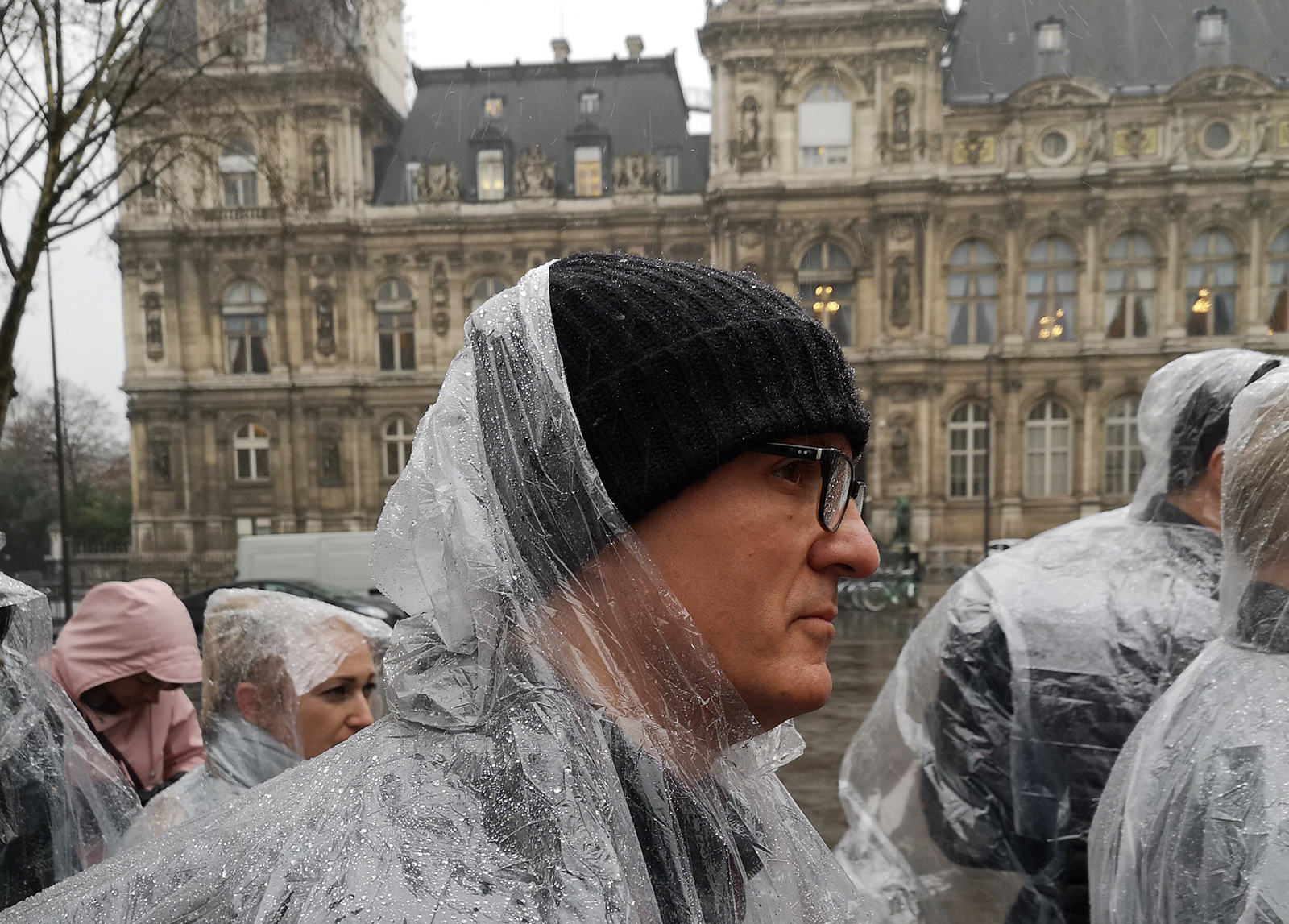Huawei's P20 Pro rivals the best smartphone cameras out there
We're a skeptical bunch at Engadget, and when Huawei briefed us on its P20 Pro smartphone, listing an endless torrent of specifications and dubbing its Leica Triple Camera system "the most advanced camera on a phone yet," we collectively rolled our eyes. Forty-megapixel camera sensor? I've heard that one before, Huawei.

It was only once I was able to test the P20 Pro away from briefing rooms and technical demos (spending a day shooting around a rain-soaked Paris) that the phone started to win me over -- and others. If you like the idea of an accomplished 5x zoom function, and the potential for gorgeous nighttime photography, you have to consider Huawei's latest phones.
First, let's summarize some of the major camera specs. All the fun is centered around the "Leica Triple Camera." That includes an 8-megapixel telephoto shooter with an f/2.4 lens and optical image stabilization and a 40-megapixel camera with an f/1.8 lens.
Oh, and there's an extra 20-megapixel monochrome sensor (with f/1.6 lens) and a color temperature sensor for accurate white balance. If you needed one more lens, don't worry: There's a 24-megapixel front-facing camera too.
AI camera
Beside all the hardware numbers, Huawei's sales pitch on imaging centers on the AI smarts that come alongside the P20's camera spec sheet, and the standard still photography mode has AI assistance turned on automatically. (You can turn it off in settings.)
However, coaxing the temperamental AI feature to make an appearance was rage-inducing -- especially when you're looking to test whether it's identifying objects correctly and how it decides to adjust settings when it spots something that warrants it ... like in a camera test. Is this better than misjudged scene modes, like we saw with LG's similarly AI-skilled V30 ThinQ? I'm not sure -- I just wanted more consistency.

Temperamental behavior wasn't a deal-breaker, however, simply because I was so pleased with the photos that the AI-assisted camera eventually did capture. They are all Instagram-ready right out of the box: portrait-mode-detected images had smoother skin tone and added gently blurred backgrounds, while the P20 Pro boosted the colors it picked out on food and flower shots.
Huawei's imaging algorithms and settings, while a little aggressive with saturation and bokeh effects, sometimes employed only a light touch to photos. Here's the P20 Pro's AI setting for food photography, compared with a standard shot on the iPhone X.
Post a Comment